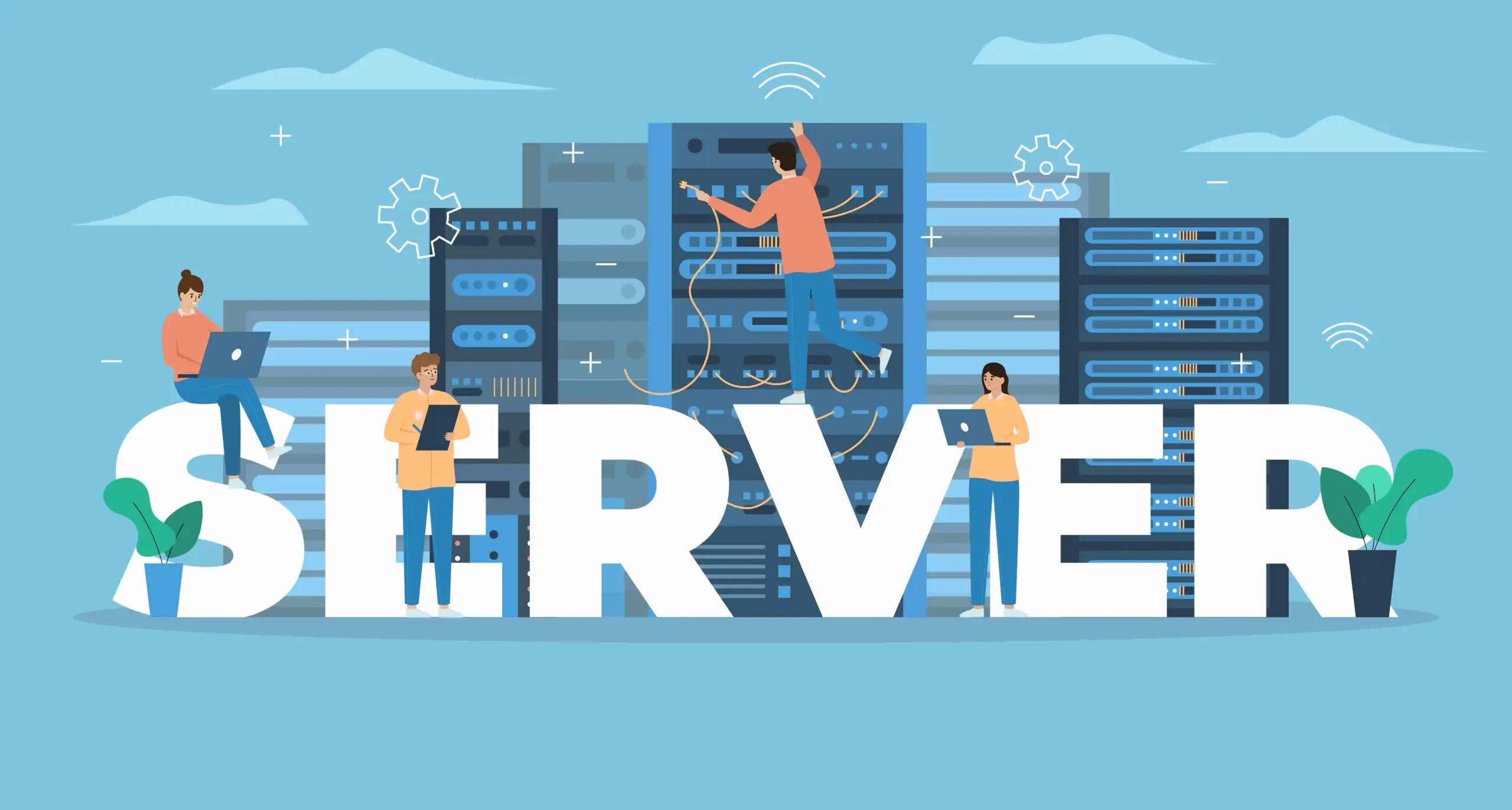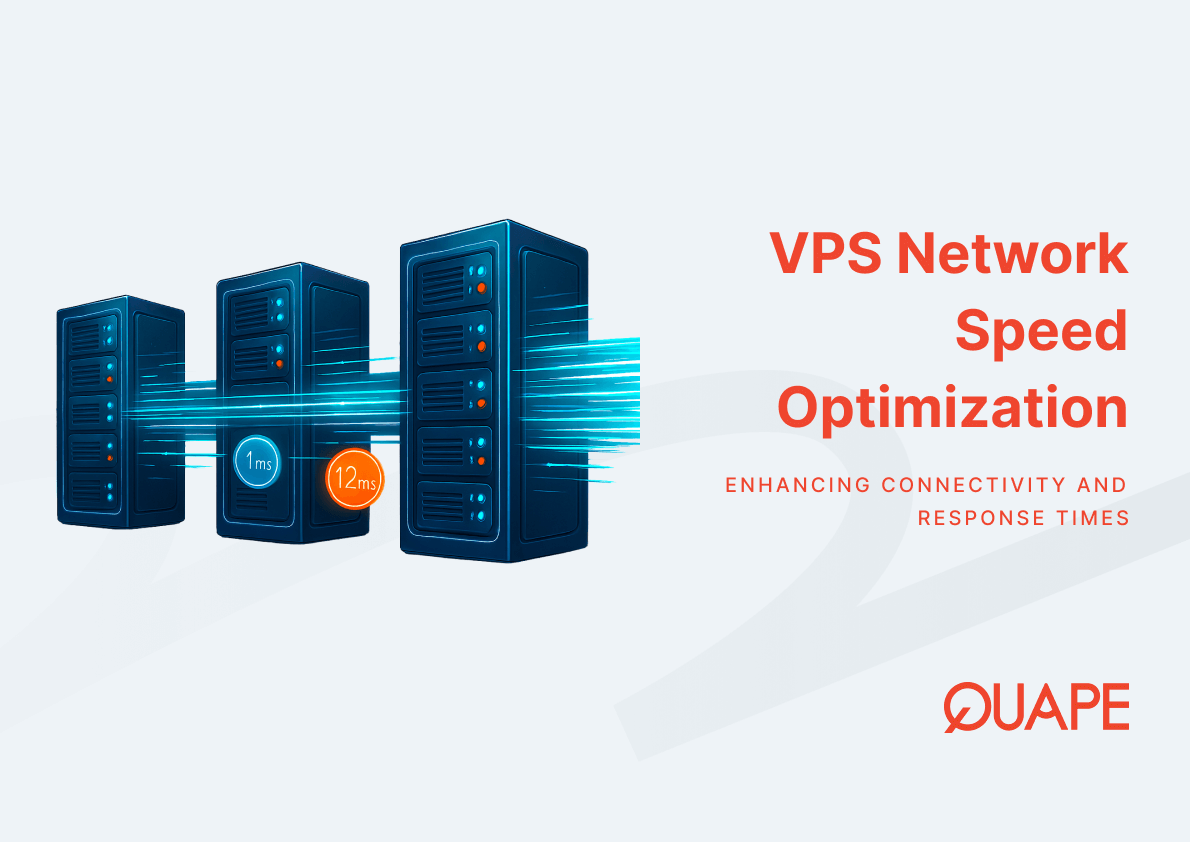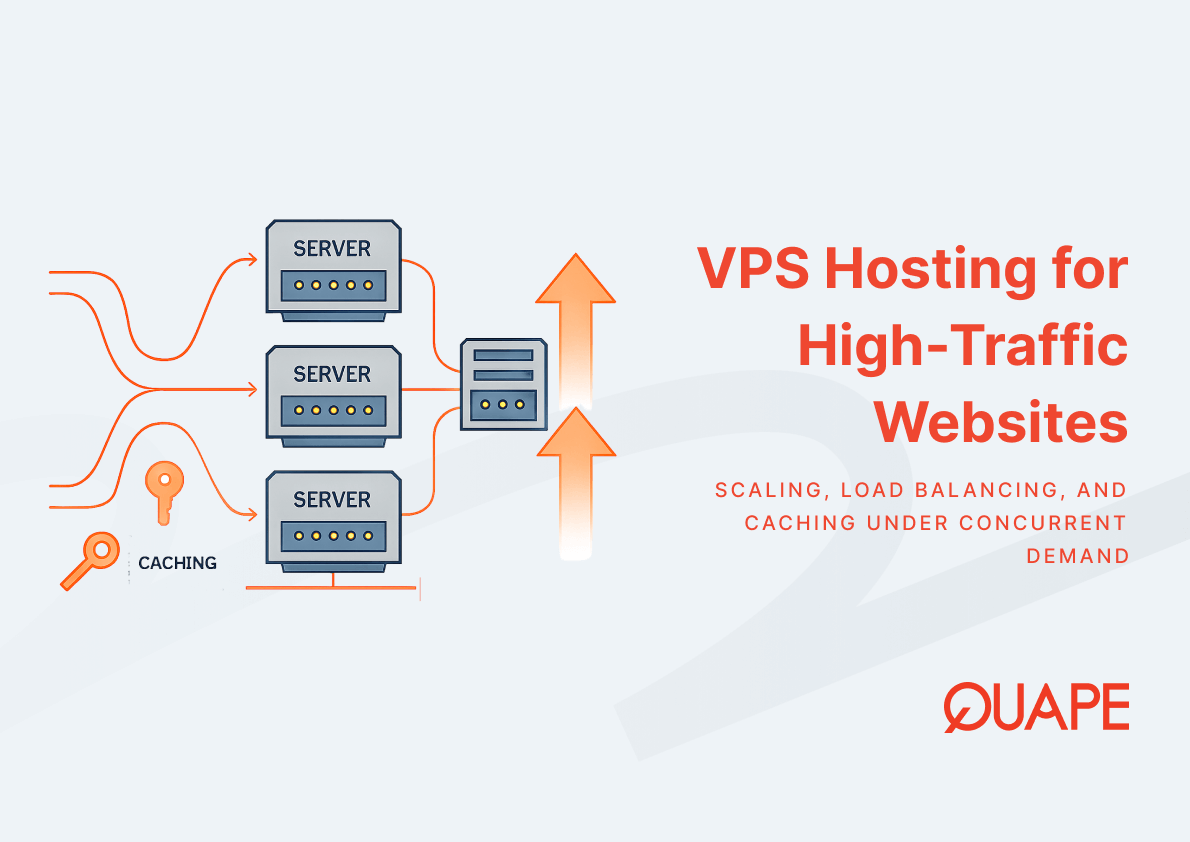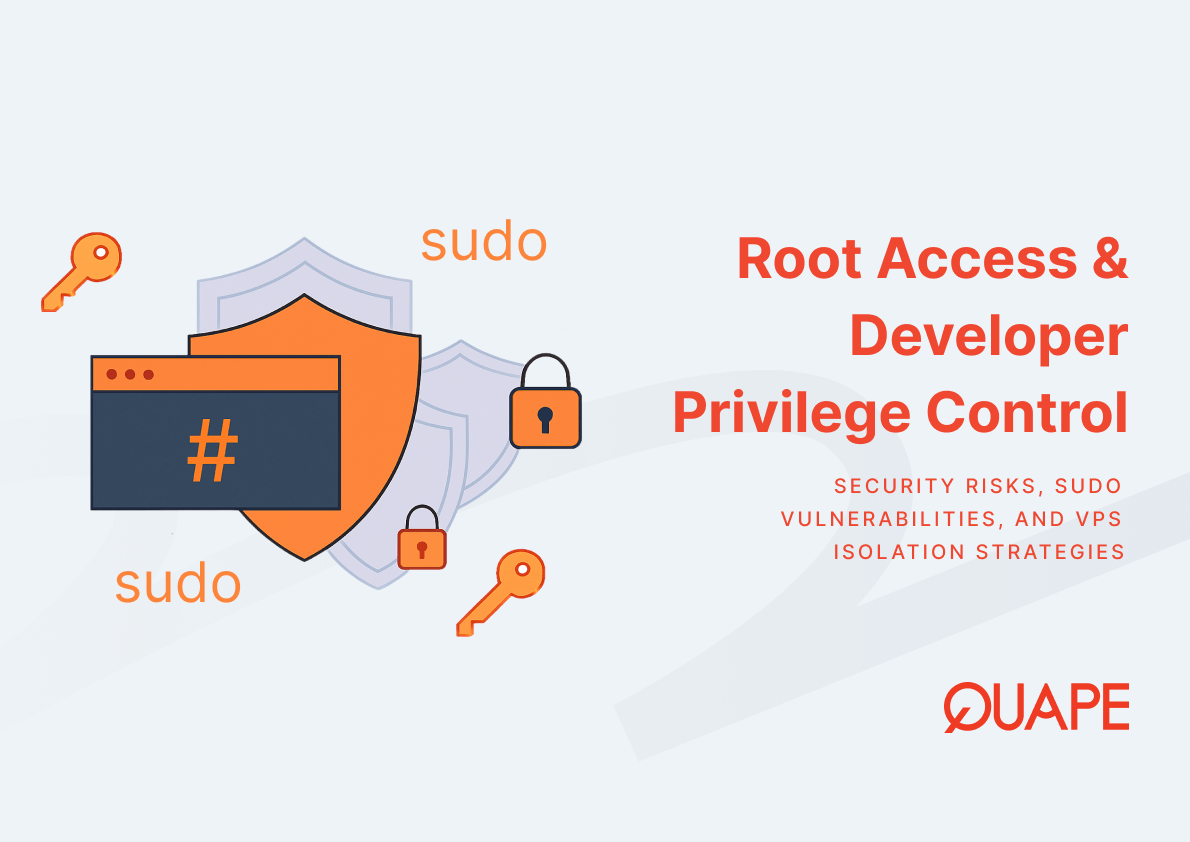In the digital era, the physical location of your servers is no small matter it’s a critical strategic decision that dictates your costs, operational resilience, and long-term business agility. For Chief Information Officers (CIOs) and IT decision-makers, choosing between housing infrastructure on-premise (in-house) or utilizing a colocation data center is a fundamental trade-off between absolute control and professional specialization.
This comprehensive guide breaks down the core technical, financial, and strategic differences between these two models to help you determine which path is best aligned with your organization’s goals for today and tomorrow.
Table of Contents
ToggleThe Core Difference: Colocation and On-Premise
Both on-premise and colocation (often shortened to “colo”) serve the same fundamental purpose: providing a secure home for your servers, storage, and networking hardware. Crucially, in both models, the customer retains ownership of the IT equipment itself. The key differentiator lies in who manages the surrounding infrastructure the building, the power, the cooling, and the physical security.
Defining On-Premise: Total Control, Total Responsibility
An on-premise data center is owned, operated, and entirely managed by the organization using the IT equipment.
Key Characteristics:
- Location: Typically within the corporate headquarters, office building, or a facility owned or leased by the company.
- Responsibility: The organization assumes total end-to-end responsibility (and cost) for the entire stack. This includes the facility structure, mechanical and electrical (M&E) systems, security, maintenance, and mandatory upgrades.
- Advantage: Provides staff with immediate physical access for troubleshooting and offers complete control over who accesses the data.
Defining Colocation (Colo): Shared Responsibility Model
Colocation involves leasing dedicated space such as a single rack, a cabinet, or a private cage within a third-party, purpose-built data center.
The colocation provider handles the facility management, while you control the IT gear inside the rack. This functions under a shared responsibility model:
| Responsibility Area | On-Premise (Customer Responsibility) | Colocation (Provider/Customer Shared Responsibility) |
| Facility, Building, Space | Customer manages and maintains | Provider manages (Rents space to customer) |
| Power, Cooling, HVAC, UPS | Customer manages and pays all utility costs | Provider manages infrastructure; Cost is shared/predictable |
| Physical Security (Biometrics, CCTV, Guards) | Customer manages | Provider manages 24/7/365 |
| Servers, Storage, Networking Hardware | Customer owns, configures, and maintains | Customer owns, configures, and maintains |
| Operating Systems, Applications, Data | Customer manages | Customer manages |
Financial Analysis: CapEx vs. OpEx and the True Total Cost of Ownership (TCO)
The financial choice is fundamentally about Capital Expenditure (CapEx) versus Operational Expenditure (OpEx). However, a comprehensive Total Cost of Ownership (TCO) analysis reveals that the initial perception of savings often doesn’t hold up for the on-premise model.
The High Cost of Building On-Premise (CapEx)
The on-premise model is heavily CapEx-intensive. It requires massive upfront investment for:
- Facility Construction and Build-out: Acquiring land, building the physical structure, and installing essential, specialized infrastructure like Uninterruptible Power Supplies (UPS) and industrial HVAC systems.
- Long Depreciation Cycle: CapEx investments must be depreciated over their expected useful life, typically years, impacting immediate tax benefits.
- Unpredictable Construction Costs: Initial facility construction costs for enterprise data centers can significantly exceed projections.
Also Read: Pros & Cons: Colocation vs Dedicated Server
Colocation: Predictable Operational Expense (OpEx)
Colocation shifts the financial burden away from large, unpredictable CapEx costs for the facility itself.
- Minimized Upfront Costs: You only purchase your IT hardware (servers/networking).
- Predictable Monthly Fees: Costs are structured as predictable monthly OpEx fees for space, power, and cooling. This allows for easier cost deduction and aligns spending with current business usage.
- Economies of Scale: Colocation providers leverage volume discounts on electricity, cooling, and network access, sharing these utility cost savings across multiple customers.
Hidden Costs That Sink On-Premise Budgets
TCO analysis must account for recurring, hidden operational expenses that are difficult to budget for in-house:
| Hidden Cost Factor | On-Premise Challenge | Colocation Solution |
| Specialized Labor | Must hire and retain full-time, 24/7 internal IT staff specialized in M&E, power, cooling, and physical security. This is a massive, ongoing expense. | Providers manage staff; You leverage on-demand ‘Remote Hands’ or ‘Smart Hands’ for basic support and advanced diagnostics, converting fixed labor cost to variable OpEx. |
| Energy Inefficiency | Older facilities lack the modern, high-efficiency engineering of purpose-built centers, leading to high utility consumption. | Facilities are engineered for mass-scale energy optimization, often resulting in lower costs for power and cooling. |
| Downtime Risk | Legacy infrastructure is more prone to outages from cooling failure or localized power issues. | Outsourced uptime guarantee through Service Level Agreements (SLAs). Unexpected facility repairs become the provider’s financial issue. |
| Maintenance/Repairs | You are responsible for all parts, labor, and emergency break/fix costs, which are unpredictable. | Facility maintenance and upgrades are included in the monthly OpEx fee. |
Key Financial Insight: Research indicates that by eliminating these chronic operational headaches, colocation can be up to 64% more cost-effective than managing an in-house setup over the long term, particularly for small to mid-sized organizations.
Uptime and Operational Resilience: The Tier Standard Difference
Data center reliability is measured objectively by the Uptime Institute Tier Standard (Tier I through Tier IV), which rates redundancy and fault tolerance. Your choice directly impacts your ability to sustain mission-critical operations.
The Risk of On-Premise: Tiers I and II
Most legacy on-premise server rooms and data centers fall into the Tier I or Tier II categories.
- Tier I (Basic Capacity): Requires site-wide shutdowns for all planned maintenance or repair work. This translates to approximately 28.8 hours of downtime annually.
- Tier II (Redundant Capacity Components): Has some redundant components but still requires site shutdowns for maintenance. This allows for up to 22 hours of downtime per year.
If your business cannot tolerate unexpected or scheduled downtime, relying on Tier I/II infrastructure presents an untenable business risk.
Colocation: Built for Tier III and IV Reliability
Modern colocation centers are purpose-built to meet high-level redundancy standards, which is financially prohibitive for most organizations to replicate in-house.
- Tier III (Concurrently Maintainable): The industry standard for enterprise colocation. Requires redundant components and multiple power paths (N+1 redundancy), allowing any component to be removed for maintenance without impacting IT operations. This guarantees availability exceeding 99.982% (maximum 1.6 hours of annual downtime).
- Tier IV (Fault Tolerant): The highest classification, with fully redundant and physically isolated systems (2N or 2N+1). There are no single points of failure, guaranteeing 99.995% uptime (maximum 26.3 minutes of annual downtime).
| Uptime Institute Tier | Key Feature | Max. Annual Downtime | Typical On-Premise Alignment |
| Tier I | Basic Capacity, Single Path | 28.8 hour | Typical Server Room |
| Tier II | Redundant Components, Single Path | 22 hour | Enhanced Server Room |
| Tier III | Concurrently Maintainable (N+1) | 1.6 hour | Standard Colocation |
| Tier IV | Fault Tolerant (2N) | 26.3 minutes | Premium Colocation |
Scalability, Connectivity, and the Hybrid IT Future
The flexibility to grow and connect seamlessly with cloud ecosystems is often the deciding factor in the colocation vs. on-premise debate.
Effortless Scalability and Speed-to-Market
Scaling is a major challenge for on-premise infrastructure. Expansion means acquiring new space, undergoing construction, and injecting large, abrupt CapEx (Capital Expenditure) investments, which can take over a year to deploy.
Colocation, conversely, offers “effortless scalability”. You can quickly and incrementally rent additional rack space, power, or bandwidth on demand, facilitating rapid growth and expansion into new geographic locations far faster than building a facility from scratch.
The Carrier-Neutral Advantage
An isolated on-premise facility typically relies on limited internet connections, creating single points of failure. Colocation data centers, especially those that are carrier-neutral, house a high density of telecommunications carriers and network service providers. This concentration creates powerful advantages:
- Cost-Efficiency and Flexibility: Competition among providers ensures better pricing and gives you the freedom to choose “best-in-breed” network solutions.
- Enhanced Resilience: Redundant connectivity means the failure of one carrier does not disrupt your services.
- Cross-Connects: Direct physical links between your equipment and network partners within the same building. This bypasses the public internet entirely, ensuring quicker, more secure data exchange and ultra-low latency.
Colocation as the Hybrid Cloud Hub
For modern organizations, the infrastructure strategy is increasingly hybrid a blend of public cloud, private cloud, and dedicated hardware. Colocation is the cornerstone of this strategy.
Colocation facilities offer Cloud On-Ramps (e.g., AWS Direct Connect). These are private, high-performance, and secure connections that link your colocated hardware directly to major public cloud providers.
The Hybrid Benefit:
- Cost Optimization: Cloud On-Ramps allow you to route data intelligently, avoiding the congestion and unpredictable, high costs of data egress fees (charges incurred when data moves out of the public cloud).
- Performance and Security: The connection is private, guaranteeing lower latency and bypassing the security threats inherent in the public internet.
Also Read: Getting to Know Tier 3 Data Center: What Are the Benefits?
Security, Compliance, and Staffing Expertise
While on-premise offers “full control”, specialized colocation centers offer a level of institutional-grade security and expertise that is cost-prohibitive for most individual enterprises to build in-house.
Institutional Security vs. Office Security
Colocation facilities are built for physical hardening and provide multi-layered security protocols 24 hours a day, 365 days a year:
- Physical Deterrents: Perimeter fencing, anti-fire/flood systems, and blast resistance.
- Access Control: Multiple security checkpoints, 24/7/365 on-site guards, electronic access control, and biometric authentication.
- Segregation: Individual equipment is secured in segregated cages or locked cabinets.
The Staffing Burden and ‘Remote Hands’
The high cost of labor is one of the most significant and often underestimated expenses of the on-premise model.
By utilizing colocation, you can rely on the provider’s highly trained on-site staff for essential services:
- Remote Hands: Reactive support for basic physical tasks like server reboots, checking indicator lights, or handling equipment deliveries.
- Smart Hands: Advanced technical expertise for complex configurations, diagnostics, and firmware updates, allowing you to troubleshoot without sending your own staff to the site.
This strategic outsourcing frees your specialized internal IT staff to focus on core business objectives like application development and strategic IT planning instead of routine facility upkeep.
Compliance Simplification
For highly regulated industries (e.g., finance, healthcare), compliance is paramount. An on-premise approach means carrying the full weight of certifying the physical facility (security, environment) and the IT stack.
Many reputable colocation providers already hold critical, audited certifications like SOC 2, HIPAA, and PCI DSS for the physical facility. By partnering with a compliant provider, you immediately offload the costly facility audit burden, allowing your internal teams to concentrate resources solely on compliance related to your data and applications.
Making the Final Decision: A Quick Guide
The final choice between on-premise and colocation hinges on balancing your priorities for cost, control, and future needs.
Choose Colocation When You Need to:
- Maximize Uptime: You require guaranteed Tier III or Tier IV reliability (less than 1.6 hours of downtime per year).
- Optimize Costs: You prioritize converting large CapEx costs into predictable OpEx, and you want to reduce the hidden costs of specialized labor and utilities.
- Build a Hybrid Cloud Strategy: You need high-speed, secure, private connections (Cloud On-Ramps) to public cloud providers to manage performance and control data egress fees.
- Scale Rapidly: Your business growth is unpredictable, or you need to establish points-of-presence in new markets quickly.
- Focus on Core Business: You want to externalize the non-core burden of facility management and reinvest internal IT resources into innovation.
On-Premise Remains Viable When You Have:
- Absolute Control Mandate: Internal policy mandates non-negotiable proprietary control over every aspect of physical access to the IT equipment and facility.
- Extreme Local Latency Needs: You run niche workloads that require near-zero latency to nearby internal users (e.g., specific manufacturing automation or specialized research systems).
- Very Small, Fixed Infrastructure: You have a small handful of servers, minimal security requirements, and low-density workloads with no foreseeable need for external connectivity or scaling.
Conclusion and Next Steps
The landscape of IT infrastructure is constantly evolving, driven by the demands for greater performance, reliability, and cloud integration. For the vast majority of growing enterprises, the inherent specialization, cost predictability, and superior resilience offered by colocation provide a decisive strategic advantage over managing a resource-draining, high-CapEx on-premise data center. Colocation minimizes risk and maximizes your ability to execute a flexible, high-performance hybrid IT strategy.
Ready to find a high-performance home for your mission-critical hardware? Quape offers reliable colocation server solutions in Singapore, providing the robust infrastructure and professional support you need to ensure maximum uptime and connectivity for your digital assets. Speak to our experts today to explore how our hosting services, including colocation, can future-proof your infrastructure strategy.
- Colocation vs Dedicated Servers: What’s the Difference? - November 4, 2025
- Colocation vs Cloud Hosting: Which Is Right for Your Workloads? - November 4, 2025
- How to Decide Between Colocation and On-Premise? - October 20, 2025



